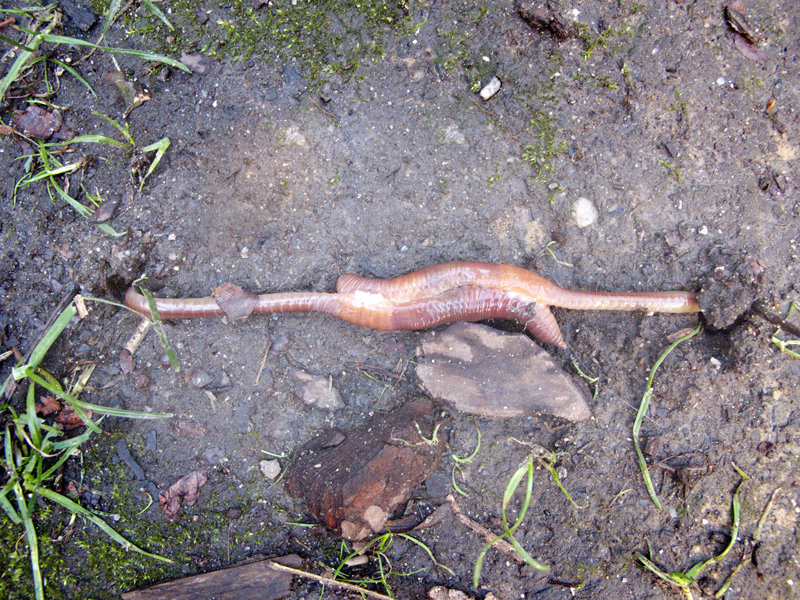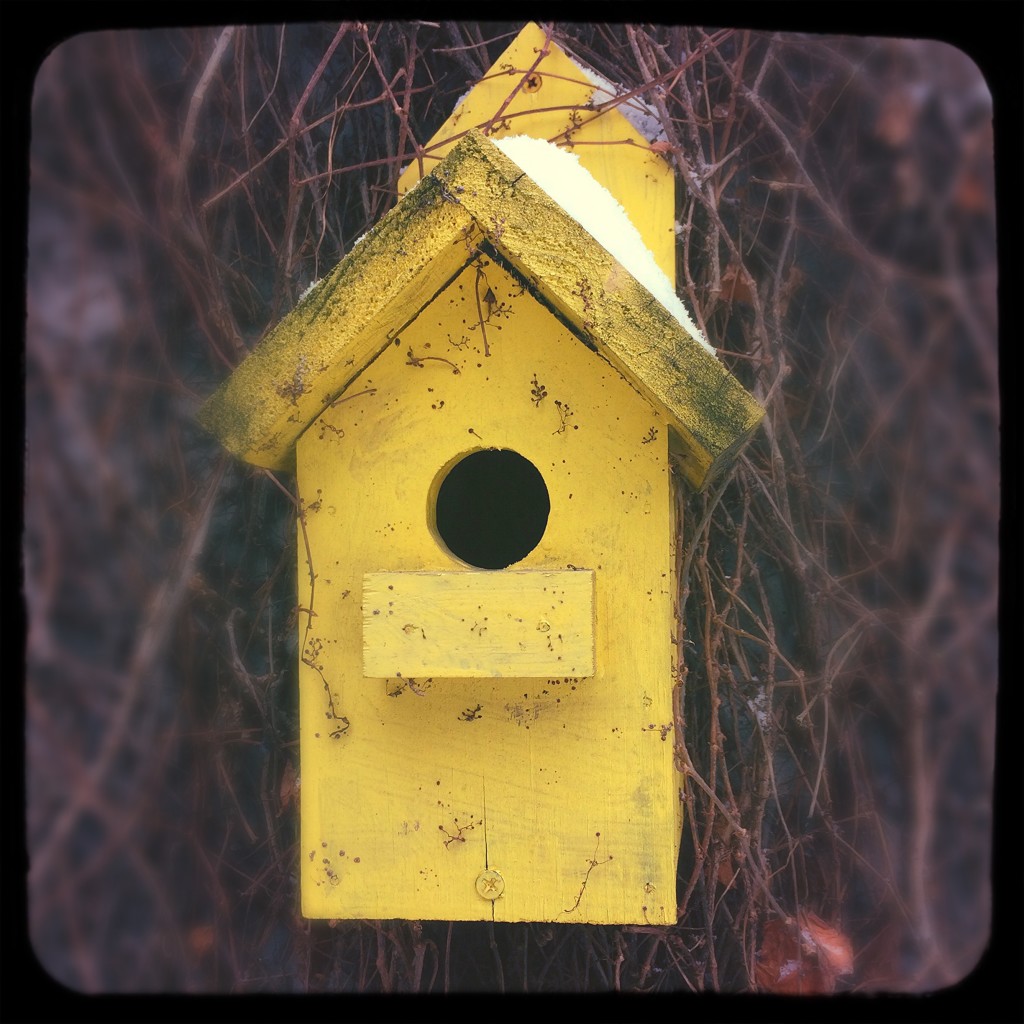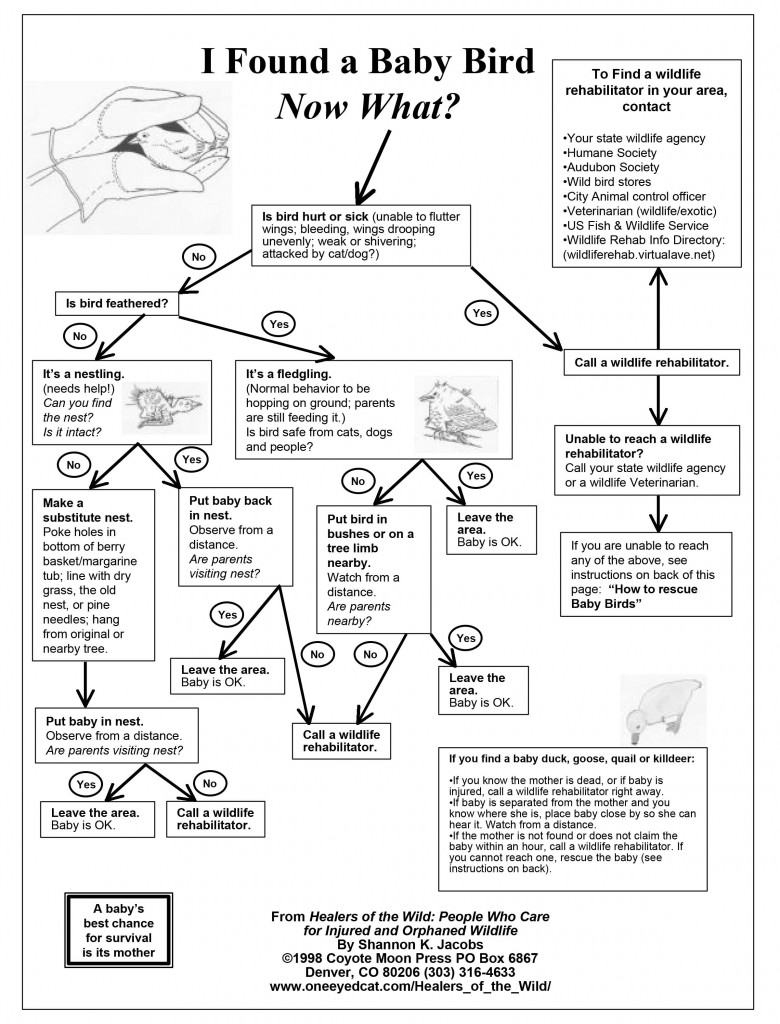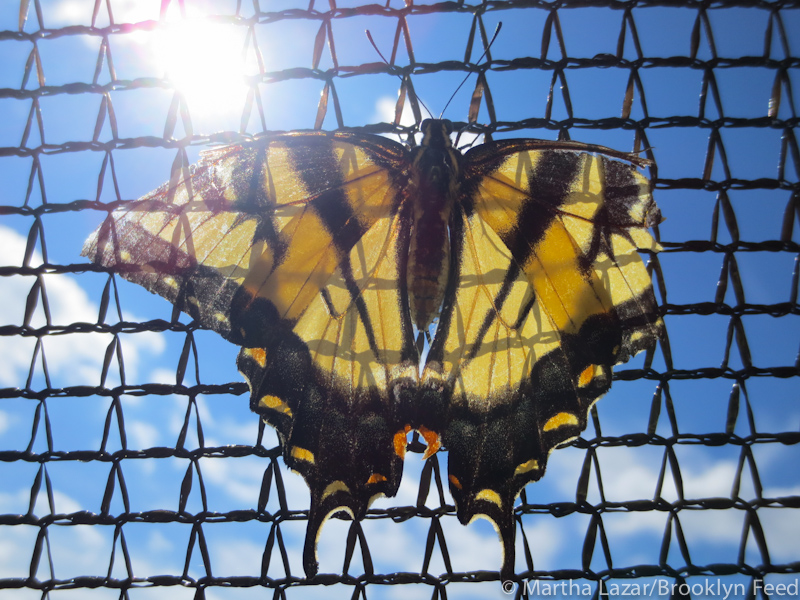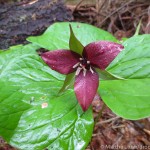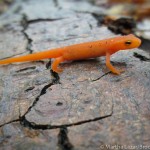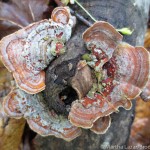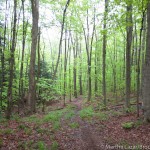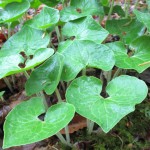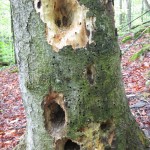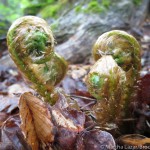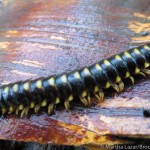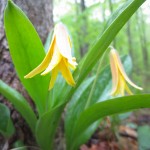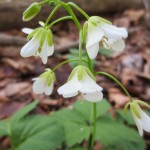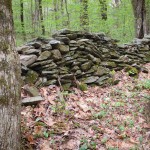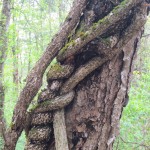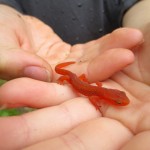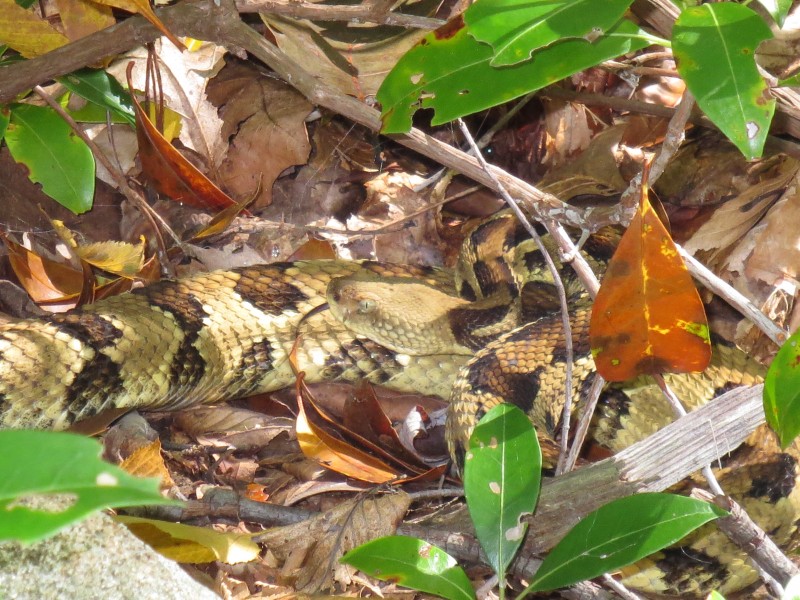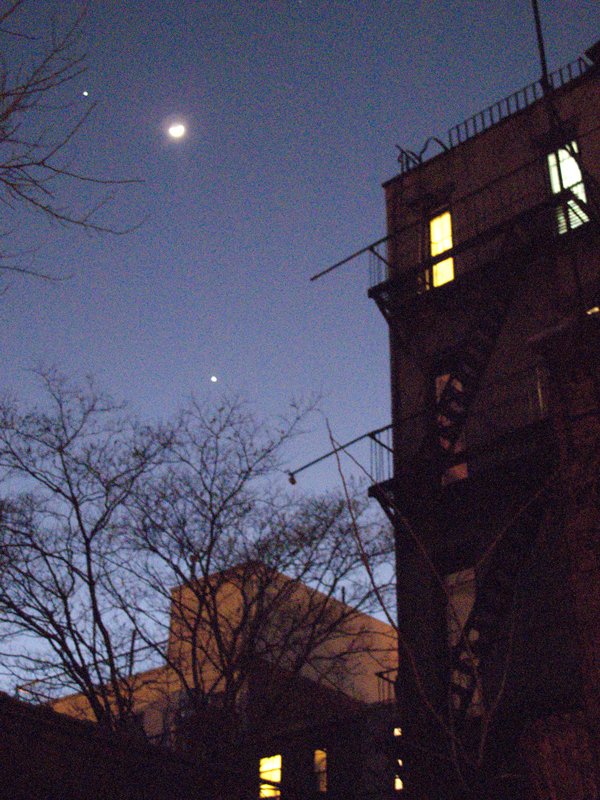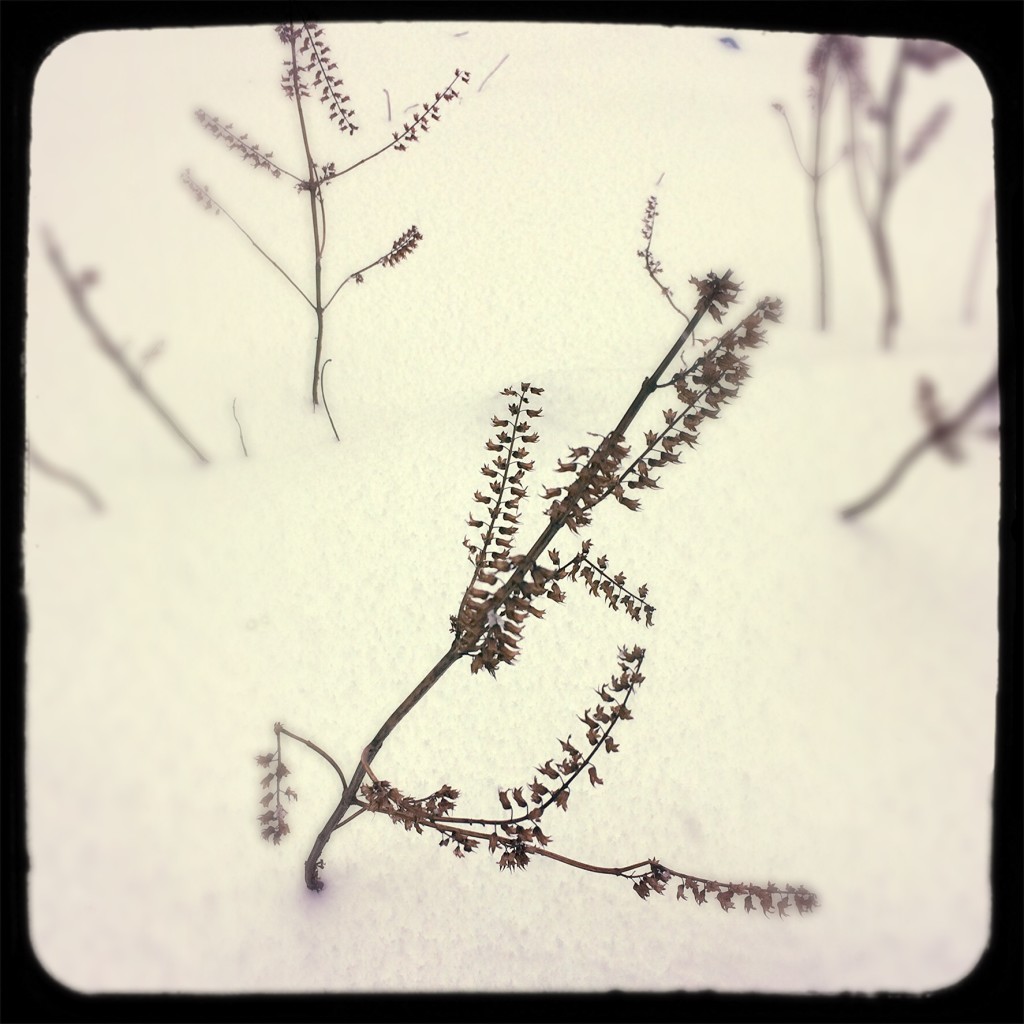 The snow is starting to really come down now. For friends and family in the path of the snow…stay warm and enjoy the show. School is cancelled here for tomorrow, so hopefully I’ll be sending some sledding photos your way.
The snow is starting to really come down now. For friends and family in the path of the snow…stay warm and enjoy the show. School is cancelled here for tomorrow, so hopefully I’ll be sending some sledding photos your way.
Category Archives: nature
Heron Watching
 This lovely great blue heron decided to stop for a rest on the railing in the Native Flora garden at the BBG today. He stayed for quite a while, which was fun to watch.
This lovely great blue heron decided to stop for a rest on the railing in the Native Flora garden at the BBG today. He stayed for quite a while, which was fun to watch.
The pond doesn’t have fish or frogs in it, so he was just hanging out enjoying the warm sun we had today. Maybe he had just eaten a nice, juicy koi out of the Japanese Garden and was stopping to digest a bit.
Don’t Pick Up That Baby Bird!
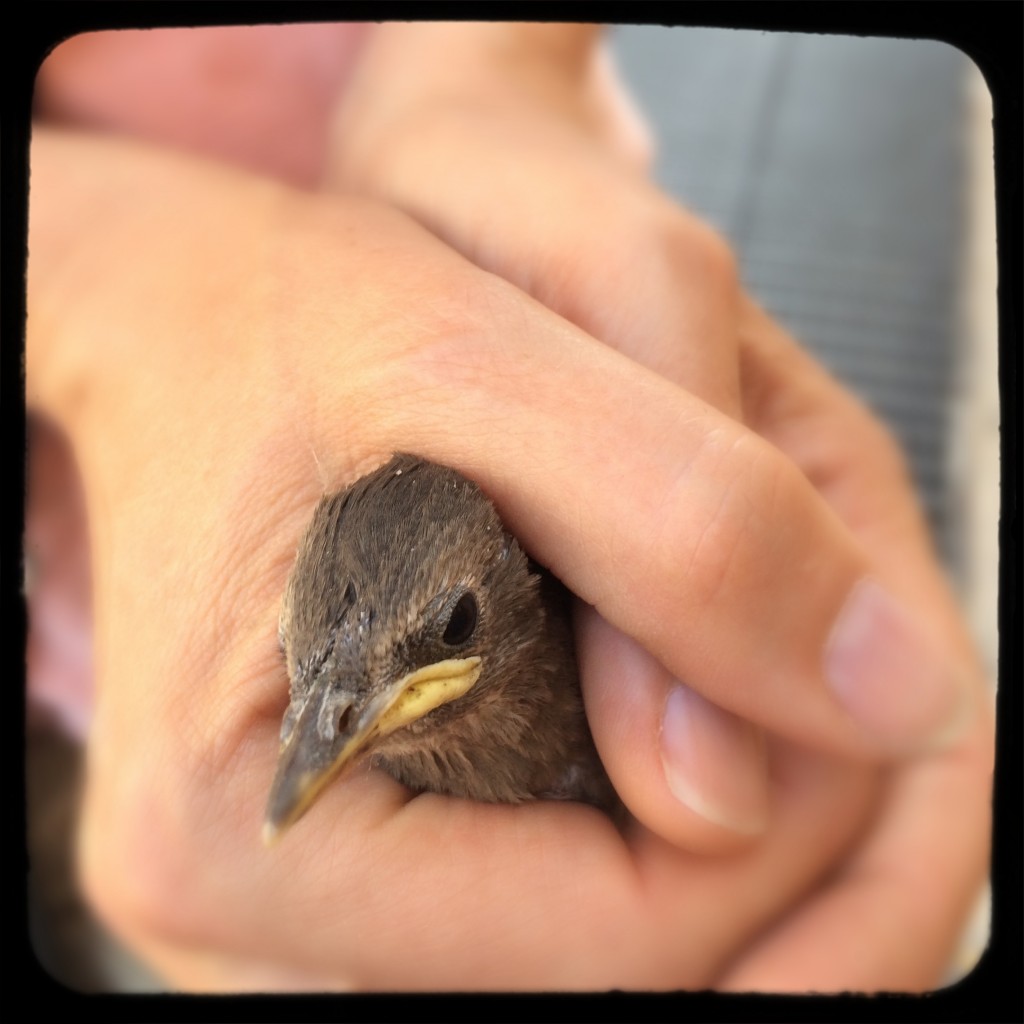 Every Spring, I hear about people finding “abandoned” baby birds. They “rescue” them, bring them home and care for them until they inevitably die. Here’s the thing. Those birds aren’t abandoned! They are fledglings. They fly out of their nest and spend a few days on the ground learning how to forage. They haven’t been abandoned by their parents. Imagine the poor parents watching a giant human carrying their baby away!
Every Spring, I hear about people finding “abandoned” baby birds. They “rescue” them, bring them home and care for them until they inevitably die. Here’s the thing. Those birds aren’t abandoned! They are fledglings. They fly out of their nest and spend a few days on the ground learning how to forage. They haven’t been abandoned by their parents. Imagine the poor parents watching a giant human carrying their baby away!
The Wild Bird Fund in NYC gets inundated every Spring with these baby birds. Take a peek at their pdf below for what to do on this topic. In case you haven’t heard of the Wild Bird Fund, they are the first wildlife rehabilitation center in NYC. Take a peek at their website to see the cool things they are doing.
I had this post all ready to go out (minus this really helpful diagram from the Wild Bird Fund) and then I found my own fledgeling bird today. It was on the sidewalk calling to its parents. This sidewalk is extremely busy with foot traffic, dogs being walked, strollers, etc. The parents weren’t going to go down. They were calling to the baby, which was making the baby hop towards them. Unfortunately it was hopping into traffic on a very busy street. I scooped the little guy up and put it back on the sidewalk. It kept hopping into the street.
Now I was attracting passersby, who were adding their helpful comments. “It fell out of the nest and can’t fly”. Not true. It’s a fledgling. “Don’t touch it, the parents are going to smell you”. Also not true. Gah!
I knew I couldn’t stay there all night to keep scooping the baby out of the street. There weren’t any trees nearby to put it in. I noticed some starlings peeking out of a cornice *way* up in a building. I knew I could never get the baby back up there. There was an abandoned lot across the street, which had wooden boards all around it. It’s been neglected for so long that ailanthus trees are growing in it, and the wooden boards are sagging. I figured that if I could catch this baby, I could fit my hands through the boards and it would be in this lot and unable to hop back into the street.
It took a little bit, but I was able to catch the little guy. He was hunkered behind the tire of a parked car. Fledglings aren’t particularly afraid of people yet, so that made things much easier. I got him into the lot. He let out a big shriek, so his parents were able to hear him and see where he was going. I’m feeling very hopeful about his survival.
That’s him in the top photo. I love his grumpy, yellow mouth! And just for the record, I wouldn’t have touched him at all if he wasn’t in imminent danger of getting squashed by cars or strollers.
Butterfly Safari with Project Native
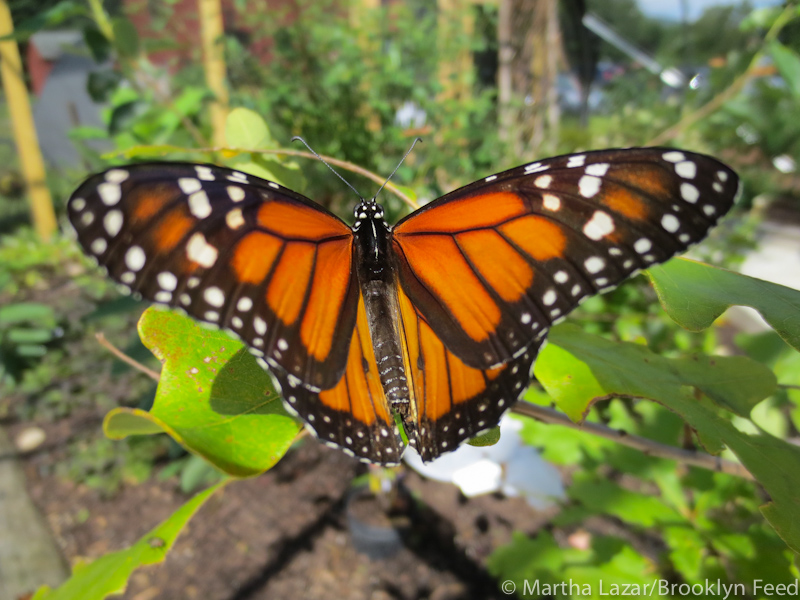 This past weekend we went up to the Berkshires. I always get my nature groove on when we’re up there. This weekend was no exception.
This past weekend we went up to the Berkshires. I always get my nature groove on when we’re up there. This weekend was no exception.
My favorite plant nursery in the world (it’s so much more than that!), Project Native, was hosting a butterfly safari. They specialize in native plants as a means to promote a healthy ecosystem. I’ve probably gone into it before, but without native plants, there aren’t food sources for native insects and bugs, which then in turn affects what the native birds eat, etc. etc. etc. There are also some insects that will only lay their eggs on one type of plant (called a host plant). Monarch butterflies are one such insect. They will only lay their eggs on plants in the milkweed family. And their numbers are declining drastically. In fact our guide mentioned that their numbers could be down anywhere from 30-90 percent, and that they haven’t seen one all summer! But, I’m getting ahead of myself.
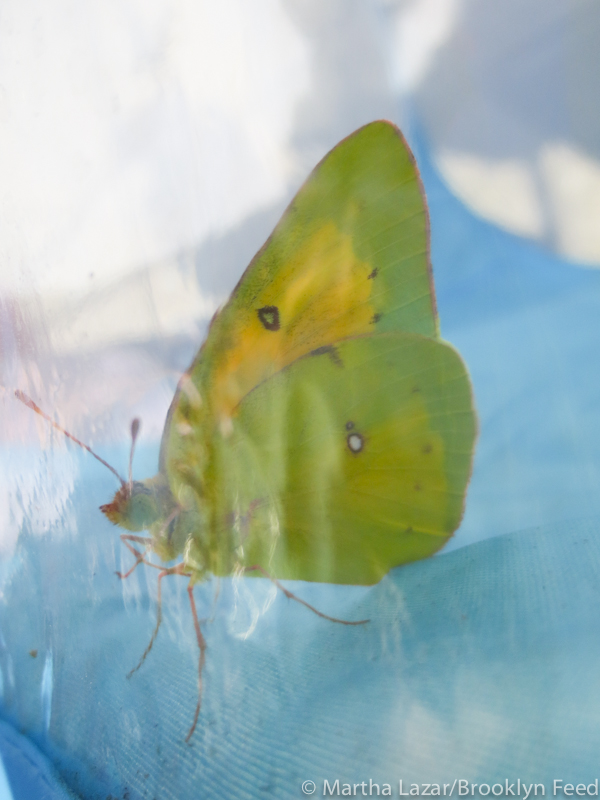 During our safari, we were given butterfly nets and instructed on the best way to catch and then release the butterflies into the holding box. Our guides were amazingly knowledgeable about the different plants and butterflies we saw. They walked us through their property, which was a fun glimpse of the different plants they sell growing in a wide, open setting.
During our safari, we were given butterfly nets and instructed on the best way to catch and then release the butterflies into the holding box. Our guides were amazingly knowledgeable about the different plants and butterflies we saw. They walked us through their property, which was a fun glimpse of the different plants they sell growing in a wide, open setting.
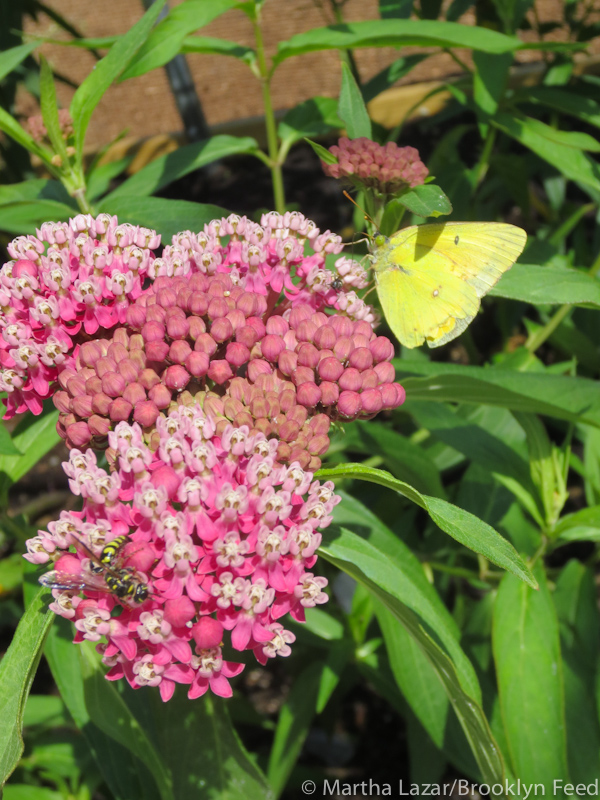 We caught several butterflies. Lindsay was by far the best at it. And then we brought them to their newly built butterfly house to release them. The butterfly house is a hoop house, with netting instead of plastic. It is filled with native plants for the different butterflies to feed and lay eggs on.
We caught several butterflies. Lindsay was by far the best at it. And then we brought them to their newly built butterfly house to release them. The butterfly house is a hoop house, with netting instead of plastic. It is filled with native plants for the different butterflies to feed and lay eggs on.
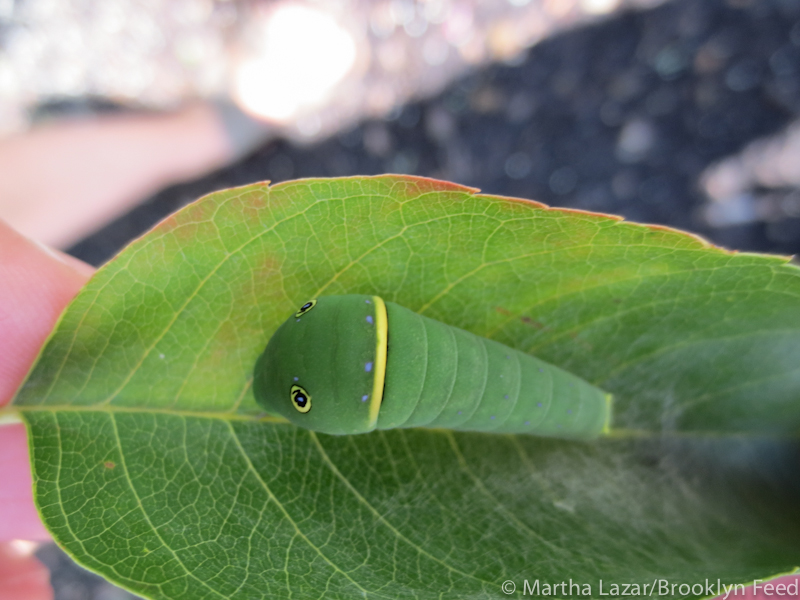 Inside, we saw loads and loads of caterpillars. This one is particularly great with its false eyes on it.
Inside, we saw loads and loads of caterpillars. This one is particularly great with its false eyes on it.
And, you might have noticed that after I said that they hadn’t seen any monarchs, my first photo is of a monarch. That was from a woman who donated monarchs she used in a classroom setting. They were from PA, so aren’t considered native to the Berkshires. They will not release the monarch when they release all the other butterflies for the winter.
Mother’s Day in the Berkshires
This weekend we went up to my in-laws in the Berkshires. We got in two beautiful hikes in which we searched (to no avail) for morel mushrooms. Although it was disappointing to miss the morels, the gorgeous wildflowers and critters more than made up for it. There were loads of red-spotted newts (also called Eastern Newts). These sweet little guys live in the water when they are tadpoles and adults, but during their juvenile phase (when they are called red efts), they live on land. They are most visible when it is wet out, which it was this weekend.
- purple trillium
- red-spotted newt
- wild ginger
- woodpecker holes
- fiddleheads
- flatbacked millipede
- trout lily
- toothwort??
- old farmland boundary wall
- red-spotted newt
Lovely Weekend
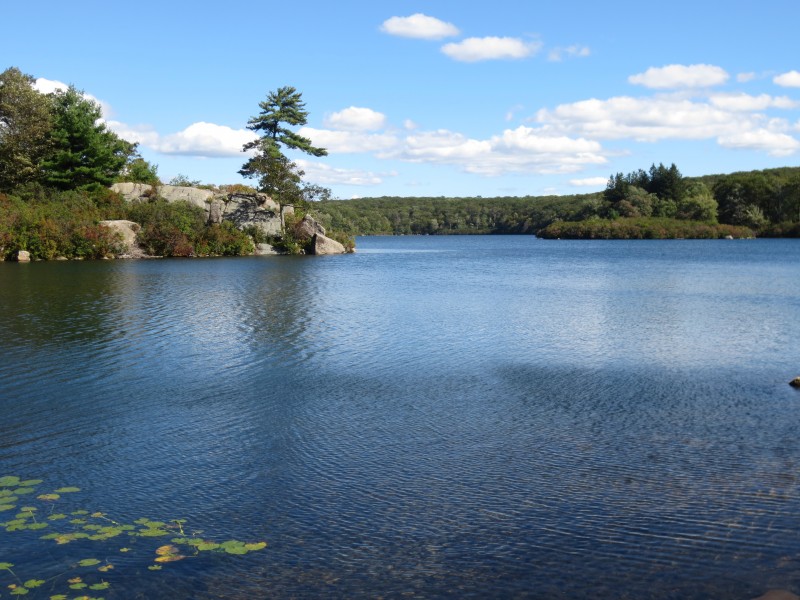 I hope everyone had a nice weekend. On Saturday I went with some girls from my Brownie troop to see the last Liberty basketball game of the season. If you haven’t been to a WNBA game, I highly recommend it. The girls enjoyed themselves and unknowingly got a little feminist boost watching women athletes.
I hope everyone had a nice weekend. On Saturday I went with some girls from my Brownie troop to see the last Liberty basketball game of the season. If you haven’t been to a WNBA game, I highly recommend it. The girls enjoyed themselves and unknowingly got a little feminist boost watching women athletes.
Yesterday we went to Harriman State Park. It’s just over an hour out of the city, and comprises miles and miles of varied hiking trails. I first went here with my mushroom hunting group. This time we tried a different trail that led us to a lake. The water was clear and all of us were itching to swim in it. Next year we’ll pick a nice hot summer day, leave the city early and spend some time there.
We had an interesting wildlife sighting while we were hiking. Our friend Kate saw a snake move and then heard a rattling noise. It turns out this 4-foot snake is a timber rattlesnake. We warned people who had dogs about the snake as they approached the area to hilarious results. Most picked up their dogs and were fascinated. One woman completely lost her mind and started shrieking about snakes. I think even her dog rolled its eyes at her.
Star Gazing
There isn’t usually much to see in the night sky here what will all the light pollution. Last night, however, Venus and Jupiter were hanging out with the moon. You can see them again tonight if you look up.
Blue Bird
Over the years, the bluebird population has greatly decreased. Bluebirds, as many other animals, have suffered loss of habitat. They are cavity-nesters, that seek out hollows in decaying trees. Besides the fact that there are fewer trees left to decay, there are also 2 non-native birds (european starling and the house swallow) that are much more aggressive than the timid bluebird. They snatch the available nest sites, and even take over a nest that the bluebird has claimed (by cracking their eggs and killing the nestlings and/or the parents).
A number of years ago I noticed little wooden bird houses popping up in farmer’s fields in upstate New York. This was a part of a bluebird recovery effort. I was curious about this because I had never seen a bluebird and like to hear positive stories of human/animal interactions.
Last year when I visited the Berkshires, the neighbors next to my in-laws had several bluebird houses up in their backyard. They had several bluebird families living in them and I finally saw my first bluebird. If you have never seen one, you will be blown away at the beautiful shade of dark blue on their back feathers.
This year, my in-law’s neighbor gave them a nest box and now they too have bluebirds in their yard. In fact, I saw more bluebirds than any other bird while I was there this past weekend. I tried to photograph them, but didn’t get very close. My best attempt is below, but here’s a site with a lot of information and photos.
Saratoga Tree Nursery – School Seedling Program
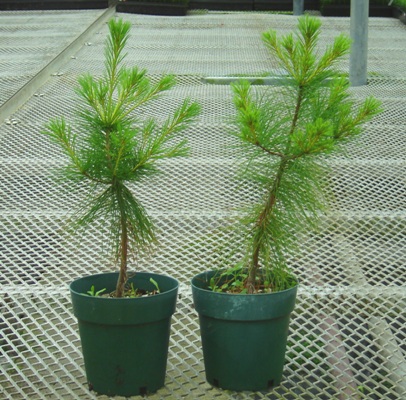
If you live in New York State, you might be interested in the School Seedling Program offered by the Department of Environmental Conservation. All schools and school-sponsored organizations are eligible to receive 50 tree seedlings (for which you will need 1,800 square feet of space). If you have less space, you can get their Urban Wildlife Packet, which contains 30 seedlings for shrubs that are favorites of songbirds. You only need 900 square feet of space for the shrubs.
The seedlings must be used as part of an educational program and not just landscaping for the school. The deadline is March 31st. You can get the application and more information here.
Helping the environment for free? How could this get better?
Unseasonably Warm
Almost every year we can expect our first frost by the end of October and by the end of November the ground is pretty well frozen. It is now December and not only have we not had one single frost yet, it is over 60 degrees fahrenheit this morning. I am definitely not a fan of the cold, but this doesn’t seem right.
When I went out to let the chickens out this morning, even the worms felt that spring was in the air. In case you’ve never seen it, here is some worm lovin’. Don’t you just love their lack of commitment as they keep their heads (?) in their respective holes?
